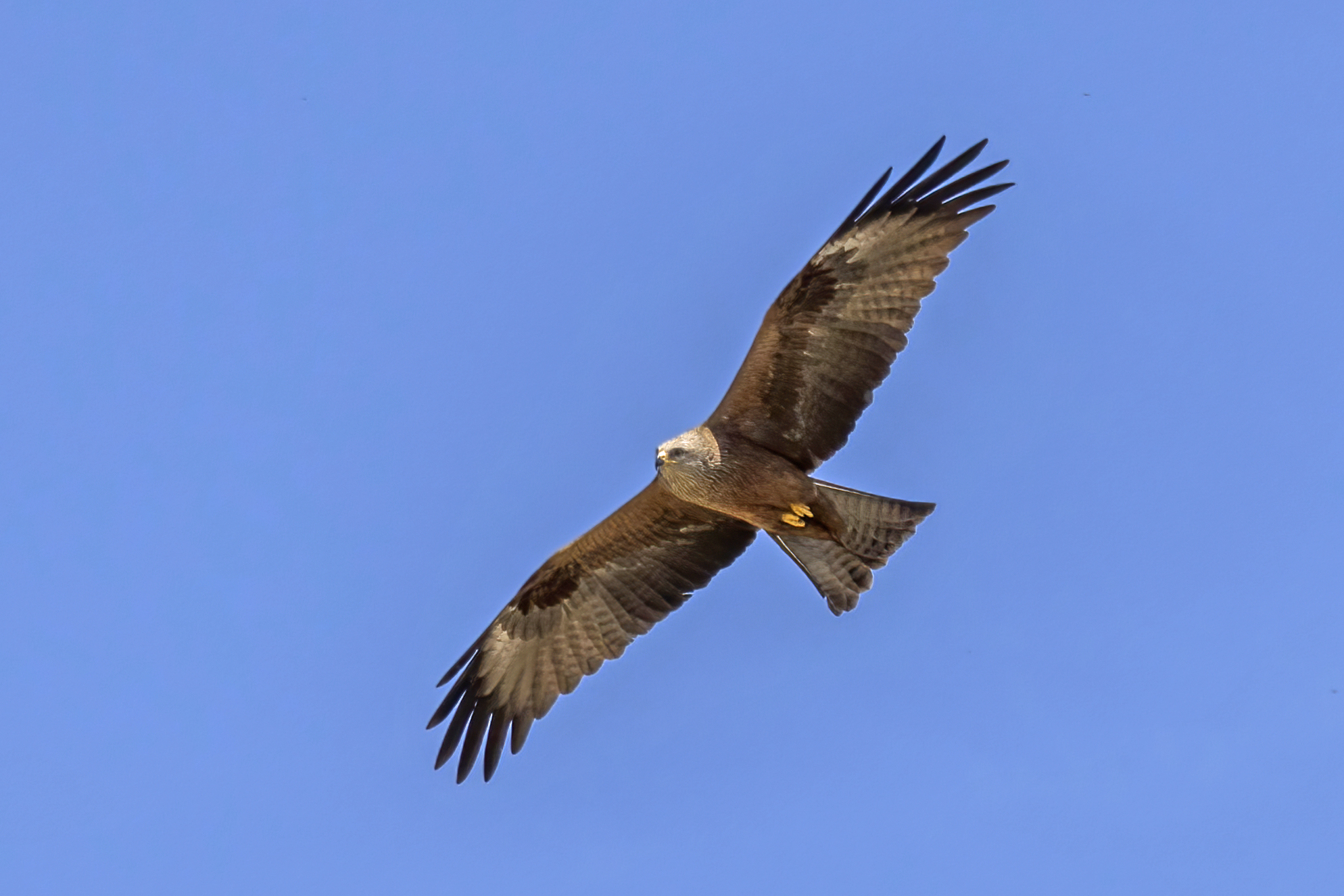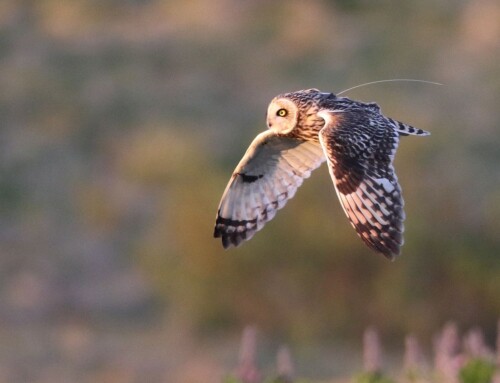 LINKED PAPER
LINKED PAPER
Long-term shifts in admissions of birds to wildlife recovery centres reflect changes in societal attitudes towards wildlife in Spain. Jiménez, J., Crespo, J., Martínez-Abraín, A. 2022 Ardeola. doi: 10.13157/arla.69.2.2022.sc3 VIEW
Public attitudes towards wildlife in Spain have changed substantially as a result of massive spontaneous relocation of people from villages to big cities, during the last few decades following the economic development of the country. The Spanish society has shifted quickly from intense persecution and exploitation of wildlife (for consumption or to eradicate predators and competitors) to strict protection. Our study, aimed to prove those societal changes by analyzing patterns of change in the causes of admission of birds to three major wildlife rehabilitation centres (WRCs), located in a southern European region (Comunidad Valenciana, Eastern Spain) since the early 1990s. During this period, 111,314 wild birds were admitted to the three centres, although for this study we focused on records of birds associated within three groups of causes: a) Deliberate: admissions of wildlife purposefully injured or dead by human activity, such as illegal hunting or poaching; b) Accidental: admissions of wildlife with injuries or death caused by human activity or infrastructures, such as drowning, collision, electrocution, roadkill or accidental trapping, among others; and c) Natural: admissions in which neither direct nor indirect human action seemed to be involved (e.g., orphaned young birds; cases of malnutrition or illness, injuries or infection, or caused by natural processes such as predation or inclement weather).
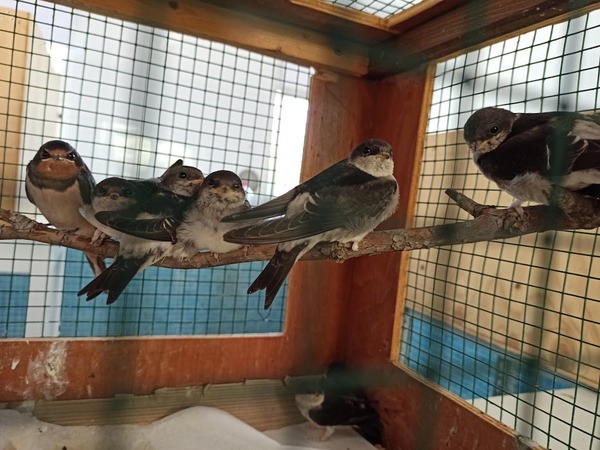
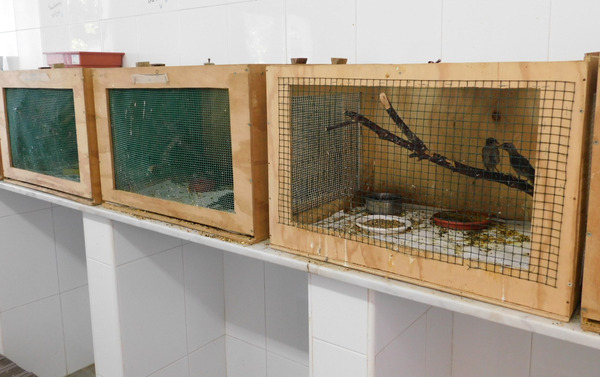
Figure 1 Rehabilitation enclosure of orphaned young birds © Servicio de Vida Silvestre y Red Natura 2000 Generalitat Valenciana.
These three selected categories of admission causes included 68,995 birds (62% of the total). The remaining causes of admission were not considered in our analyses because they were irrelevant for the purposes of our study. In addition, species were classified according to their main habitat, distinguishing between the most frequently used habitat among three types: 1) natural areas (mountains, forests, marshes, coasts and sea); 2) rural areas (crops and meadows), and 3) urban areas (towns and cities); and finally we also differentiated the cases of birds delivered by “official” entities (i.e. staff of the regional government, police, civil guard, municipalities) from those delivered by “unofficial” sources (i.e. companies, associations, individuals). Our results showed a decreasing trend over time of admissions due to deliberate persecution, especially regarding raptors affected by firearms, and a strong increasing trend in the admission of birds due to natural causes, mostly nestlings and orphaned young birds.
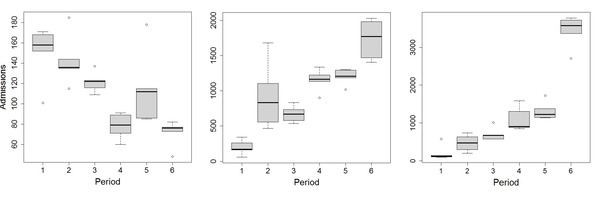
Figure 2 Box-plots of the number of admissions for each selected category, classified in five-year periods (1:1991-1995; 2: 1996-2000; 3: 2001-2005; 4: 2006-2010: 5: 2011-2015; 6: 2016-2020), Left: Deliberate, Centre: Accidental, Right: Natural.
Regarding habitat of origin, admissions from urban and rural areas showed a stronger increase over time compared to those from natural areas. Finally, admissions from official sources prevailed in the beginning, but in the last 5-year period unofficial sources became prevalent. Summarizing, bird admissions initially coming from non-urban areas, due to a good extent to deliberate persecution, and associated with official entities, have shifted to coming from urban areas, largely due to non-human related causes, and delivered to rehabilitation centres by individual people. This is interpreted by us as a reliable confirmation of the change in attitude towards wildlife, and we suggest that we may be facing a “third phase” in the societal relationship with wildlife in Spain. The first one was a long period of intense persecution of wildlife under rural economies, that began to end in the 1990s; the second stage was a period of indifference, in which the majority of admissions to WRCs were produced by accidental causes, associated with rapidly expanding human-made infrastructure; and the third (current) phase is a period of active protection of wildlife, most likely related to increased environmental awareness.
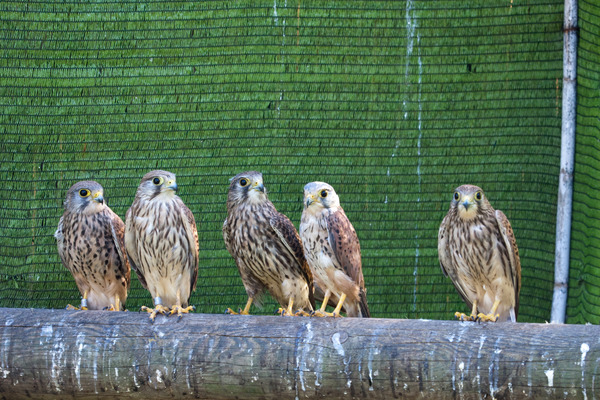
Figure 3 Common Kestrels (Falco tinnunculus) at the rescue centre © Servicio de Vida Silvestre y Red Natura 2000 Generalitat Valenciana.
This third-phase change may be associated with two factors: a) greater public interest in contributing to the conservation of wildlife and b) a greater concentration of the human population in cities which, in turn, has led to an exponential interest in keeping pets. Indeed, we suggest that this change in attitude towards wildlife goes hand in hand with the growth of animal-right movements, being wildlife now regarded by modern urban citizens as an extension of their pets (something to take care of), what we have termed the “extended pet hypothesis”.
References
Martínez-Abraín, A., Crespo, J., Jiménez, J., Gómez, J.A. & Oro, D. 2009. Is the historical war against wildlife over in southern Europe? Animal Conservation 12: 204-208. VIEW
Molina-López, R.A., Mañosa, S., Torres-Riera, A., Pomarol, M. & Darwich, L. 2017. Morbidity, outcomes and cost-benefit analysis of wildlife rehabilitation in Catalonia (Spain). PLoS ONE 12: e0181331 VIEW
Image credit
Top right: Black Kite (Milvus migrans) © Charles J. Sharp CC BY SA 4.0 Wikimedia Commons.
If you want to write about your research in #theBOUblog, then please see here.


